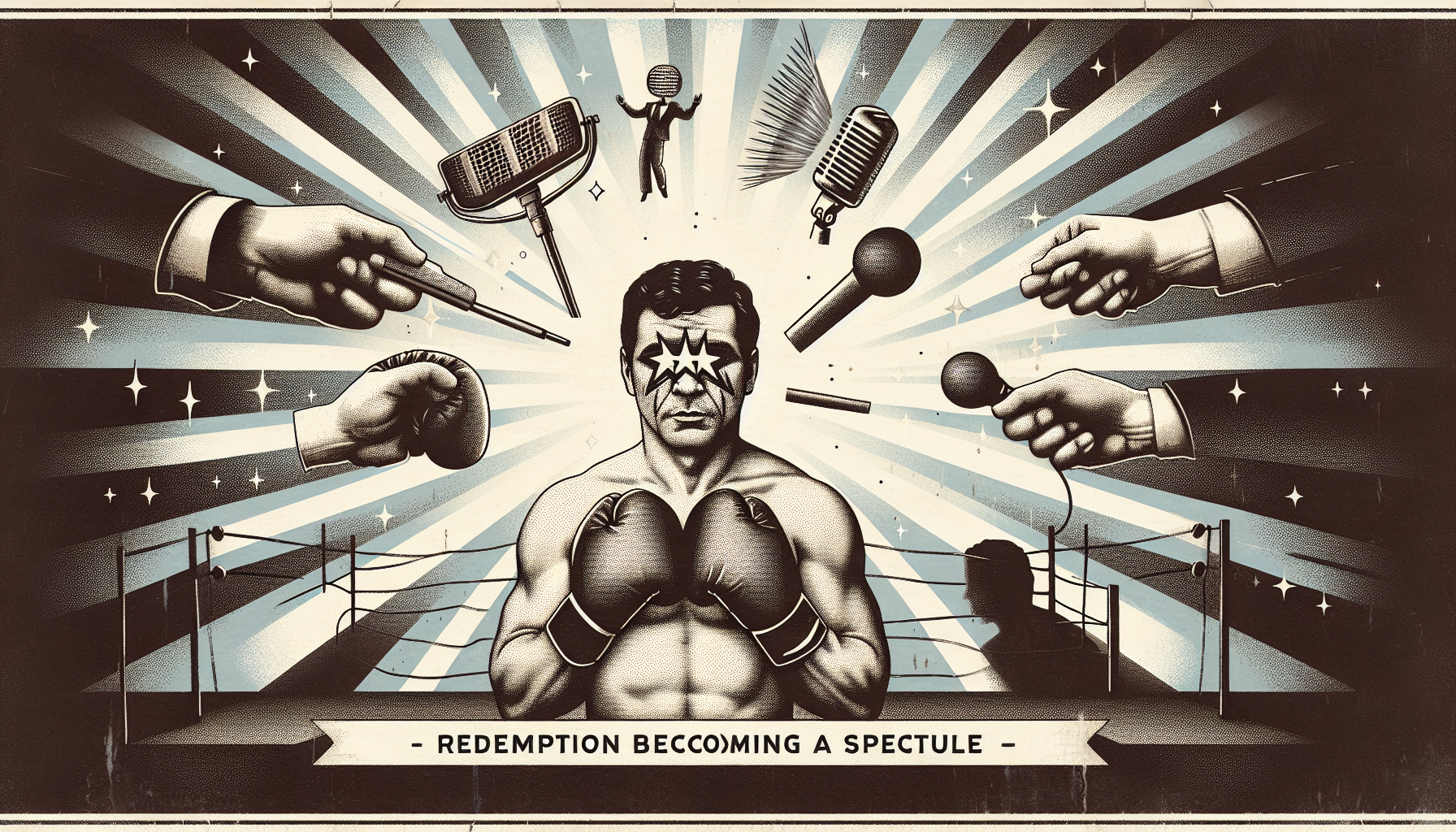From Centre Court to Introspection: Jack Draper's Wimbledon Wake-Up Call
Dear readers,
In the grand tapestry of sports, few settings are as hallowed or scrutinized as Wimbledon’s Centre Court. Here, under the cloud-filtered light that only an English summer can offer, legends are both born and challenged. At this year's Championships, British number one Jack Draper was met with such a challenge, and what unfolded was a tale not just of tennis but of the intricate dance between expectation and execution.
The Setting
Jack Draper entered Wimbledon 2025 brimming with promise. Seeded fourth—a feat not seen since Andy Murray’s iconic runs—the 23-year-old carried the weight of national expectation, a modern torchbearer in the legacy of British tennis. His spectacular rise over the past year had set tongues wagging; a semi-final berth at the US Open and victories at prestigious tournaments painted him as a genuine contender for the grass-court crown.
Yet, as fate would have it, Draper’s journey in the tournament was halted by the veteran prowess of Marin Cilic, who, at 36, reminded us all that age and experience often outplay youthful exuberance. Draper's second-round exit, with a 6-4 6-3 1-6 6-4 defeat, left fans and analysts alike musing over the complexity of sport, where talent is but one piece of the puzzle.
Lessons from Lawn to Life
So, what insights arise from Draper’s early departure? Much like the alchemy of grass underfoot transforming the game, it’s a matter of adaptation and introspection.
Draper candidly admitted post-match, "It's not the pressure. I wasn't going out there thinking I was under so much pressure. You [journalists] mention it all the time. I just didn't play good enough. I lost to a better player."
This confession, stripped of ego and rich in humility, transcends tennis. It speaks to the ever-present dialogue between our ambitions and the reality checks life afford us. For Draper, the intricacies of grass—a surface demanding not just power but precision—proved a stern test.
The Power of Vulnerability and Growth
We've witnessed similar narratives in sport where the pressure of emulating heroes—from Murray to Federer—in their very arenas becomes an interwoven part of an athlete's journey. Draper’s acknowledgment of his shortcomings is not defeatist but empowering. It mirrors the vulnerability shown by those who have worn crowns of expectation before him, be it in sports or spheres far grander.
Recollecting the nuances of his performance, Draper noted, "I think the hole in my forehand showed up, for sure." Here lies an athlete in audit—not just of swing and serve, but of self. It’s a reminder that the spotlight, in all its glory, can be as glaring as it is enlightening.
What Next for Draper—and Us?
As Draper returns to the drawing board, fans will watch closely not merely for the wins that may follow but for how he evolves. In sport, as in life, setbacks are less about loss and more about lessons. The true measure of potential is often seen not through trophy lifts but through the perseverance to try, fail, and try anew.
In the echo of Wimbledon 2025, Draper’s story serves as a beacon. A prompt to reflect on our own pursuits, how we handle pressure, face adversities, and embrace the iterative process of becoming. As viewers, let us hold space for grace alongside greatness, both on the court and beyond.
Until our next serve of stories—stay curious, stay humble.
Yours in the spirit of the game,
A Reflector on the Racket and the Realm

